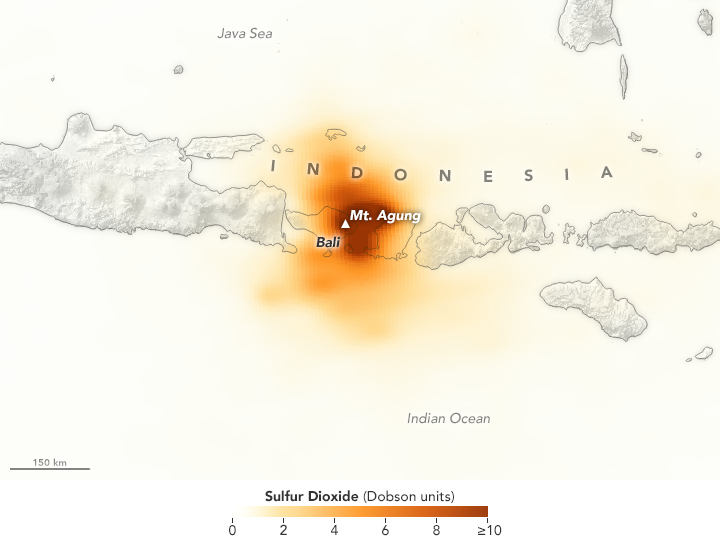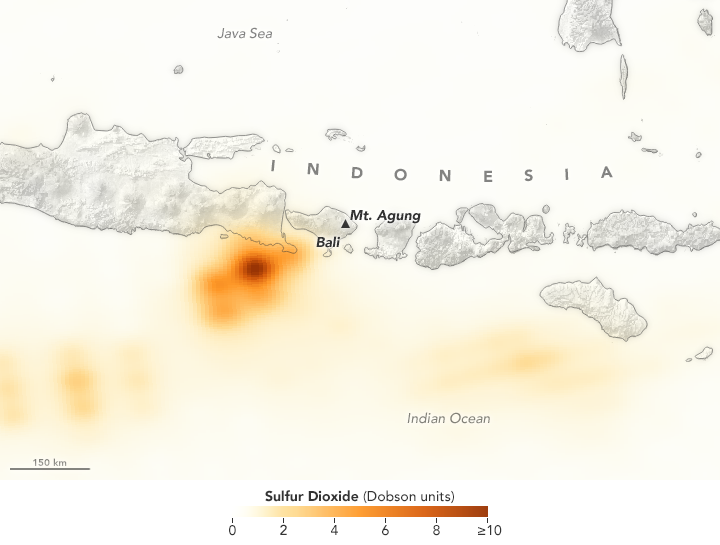David Cook says:
November 28, 2017 at 13:43
Conductivity in Múlakvísl now soaring to almost 800 and showing no signs of slowing down. I’m surprised this has not been commented on as this is a very high figure and surely suggestive of further geothermal activity in Katla, especially given the time of year and fact it has been below freezing for many days.
Jón Frímann says:
November 28, 2017 at 13:54
The hydrothermal systems in Katla volcano are boiling over and expanding. I don’t understand why this isn’t alarming the scientists monitoring the volcano.
This is the last phase before an eruption in my view. I give it ~3 months at the moment.
http://www.jonfr.com/volcano/?p=7203&cpage=1#comment-74995
November 28, 2017 at 13:43
Conductivity in Múlakvísl now soaring to almost 800 and showing no signs of slowing down. I’m surprised this has not been commented on as this is a very high figure and surely suggestive of further geothermal activity in Katla, especially given the time of year and fact it has been below freezing for many days.
Jón Frímann says:
November 28, 2017 at 13:54
The hydrothermal systems in Katla volcano are boiling over and expanding. I don’t understand why this isn’t alarming the scientists monitoring the volcano.
This is the last phase before an eruption in my view. I give it ~3 months at the moment.
http://www.jonfr.com/volcano/?p=7203&cpage=1#comment-74995













